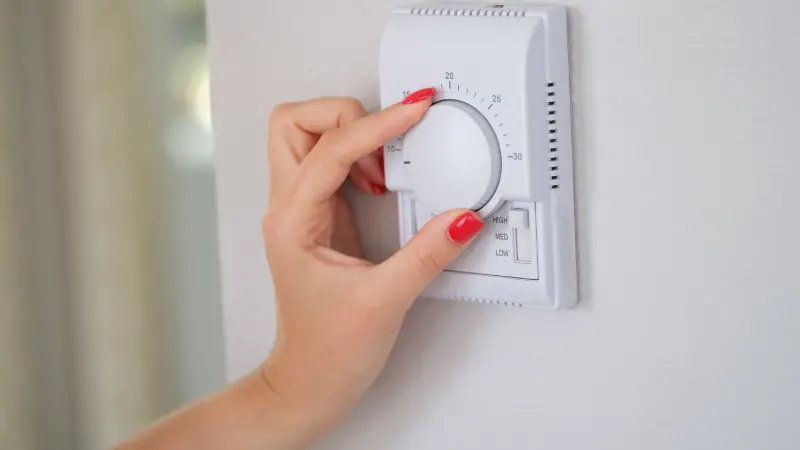
As the seasons shift from the cold grasp of winter to the gentle warmth of spring in Boise, it’s crucial to transition your HVAC system to adapt to the changing climate. A smooth transition ensures that your system operates efficiently, maintains comfort levels, and is prepared for the spring and summer months ahead. This article will guide Boise residents through the process of transitioning their HVAC system from winter settings to spring readiness, focusing on system evaluation, cleaning and maintenance, adjusting settings, and preparing for increased humidity levels.
System Evaluation
Begin the transition by evaluating your HVAC system’s performance during the winter. Check for any signs of irregularities, such as unusual noises, inconsistent heating, or unexpected increases in energy bills, which could indicate underlying issues. This evaluation helps identify any problems that need to be addressed before fully switching to spring operations. It’s also an opportune time to assess the overall health of your system and determine whether any parts require repairs or replacement.
Cleaning and Maintenance
After a long winter, your HVAC system will benefit from thorough cleaning and maintenance to ensure it’s in top condition for spring. Start with replacing the air filter, a simple yet effective step that improves air quality and system efficiency. A clean filter allows for better airflow and prevents the system from overworking, which is essential as the demand for cooling begins to increase.
Next, clean the external components of your system, such as the outdoor unit of an air conditioner or heat pump. Remove any debris, such as leaves, twigs, or dirt, that may have accumulated around the unit during the fall and winter months. This debris can obstruct airflow and reduce the system’s efficiency, so clearing it ensures your system is ready to function optimally in spring.
Adjusting Settings
Transitioning to spring involves adjusting your HVAC system’s settings to match the changing weather. As temperatures in Boise become milder, you may not need as much heating during the day. Adjust your thermostat to reflect the warmer daytime temperatures, opting for a cooler setting at night when it’s still chilly. If you have a programmable or smart thermostat, update the settings to reflect your spring schedule, ensuring the system provides comfort when needed while conserving energy when possible.
Preparing for Increased Humidity
Spring can bring increased humidity levels, which can affect indoor comfort and air quality. Ensure your HVAC system is equipped to manage humidity by checking the system’s dehumidification capabilities. If your system includes a built-in dehumidifier, clean it and ensure it’s functioning correctly. For those without integrated dehumidification, consider using a standalone dehumidifier to maintain comfortable humidity levels indoors. Proper humidity control prevents mold growth, reduces allergens, and improves overall indoor air quality, making your home more comfortable during the spring months.
Transitioning your HVAC system from winter to spring settings in Boise involves a combination of system evaluation, cleaning and maintenance, thermostat adjustments, and humidity control. By taking these steps, you can ensure that your system operates efficiently, maintains indoor comfort, and is prepared for the warmer months ahead. A smoothly transitioned HVAC system not only enhances comfort but also contributes to energy savings and prolongs the lifespan of your system.